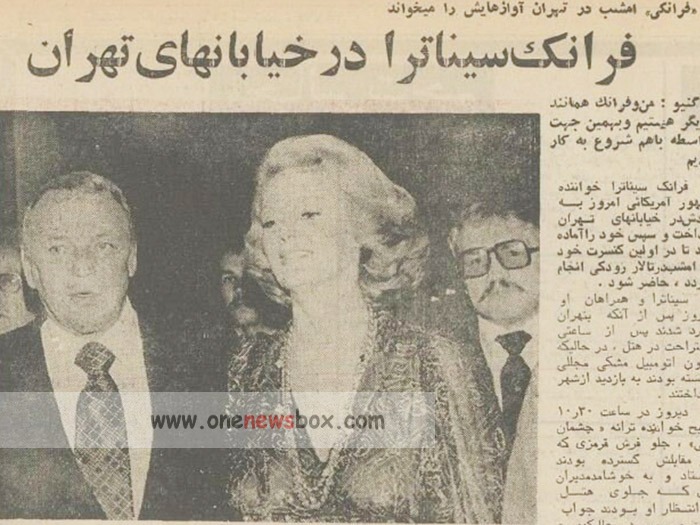The country sought international prestige, economic power, and cultural legitimacy in the Western world—particularly in the United States. Sinatra’s arrival in Tehran was not simply an entertainment event; it was a symbolic affirmation of Iran’s desired place among the world’s most modern nations.
Iran in the Mid-1970s: Modernity, Contradiction, and Display
By 1975, Iran had become one of the most strategically important U.S. allies in the Middle East. Massive oil revenues fueled rapid industrial growth, ambitious infrastructure projects, and a wide expansion of urban consumer culture. Tehran, the capital city, had transformed into a metropolis filled with modern highways, luxury hotels, cinemas, nightclubs, and concert halls. The monarchy promoted ballet, opera, Western classical music, and international pop stars as visible signs that Iran was no longer a traditional society locked in the past.
Yet beneath this polished surface lay sharp contradictions. Political repression, censorship, widespread inequality, and resentment toward authoritarian rule simmered beneath the glamour. While elite audiences attended operas at Rudaki Hall and purchased imported records, many ordinary Iranians struggled with inflation, housing shortages, and political fear. Sinatra’s concerts would unfold at the intersection of these opposing realities: dazzling spectacle on the surface, deep dissatisfaction beneath.

